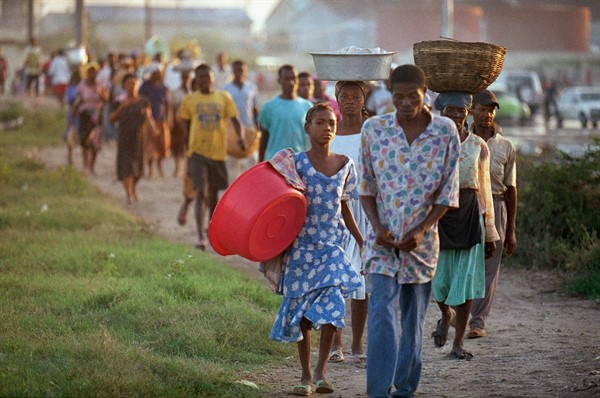During my first reporting trip to Haiti, in January 1988, on my very first day in the country, I rode 50 miles from the capital, Port-au-Prince, to St. Marc, a coastal city to the north, to write about the atmosphere in the provinces on the eve of national elections.
At a roadblock just shy of St. Marc, armed remnants of the feared militia of the country’s former dictatorship, the Tonton Macoutes, were burning vehicles and extorting money from passengers in broad daylight. One of the militiamen warned me that if they allowed me to pass, I would not be permitted back through the roadblock again to return to the capital before the next day’s vote. I took my chances and interviewed people in St. Marc, getting back on the road in time to send my story to New York by the deadline. The driver I had hired was roughed up when we were stopped a second time, but we made it.
Reporting on Haiti over the next six years, including four years as bureau chief for The New York Times, I covered one of the most turbulent eras in the country’s history. And for the second-oldest republic in the Western Hemisphere, which has experienced no shortage of political violence and social upheaval, that is saying a lot.

